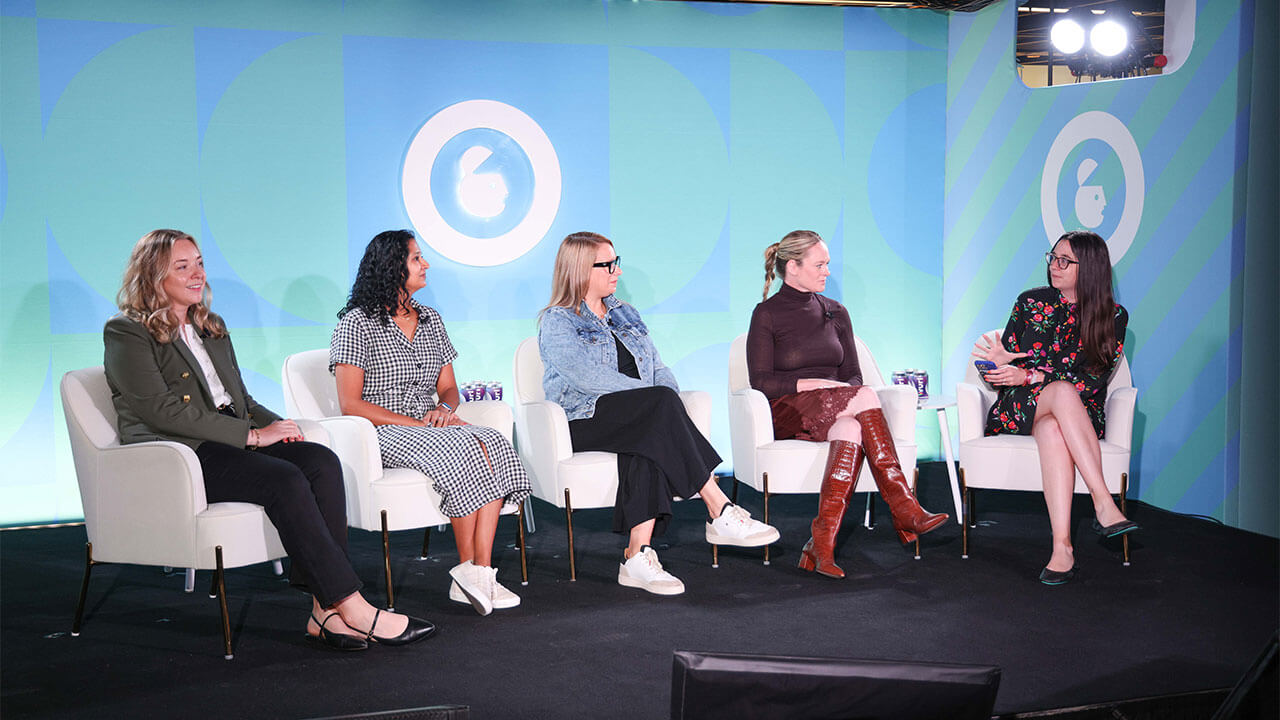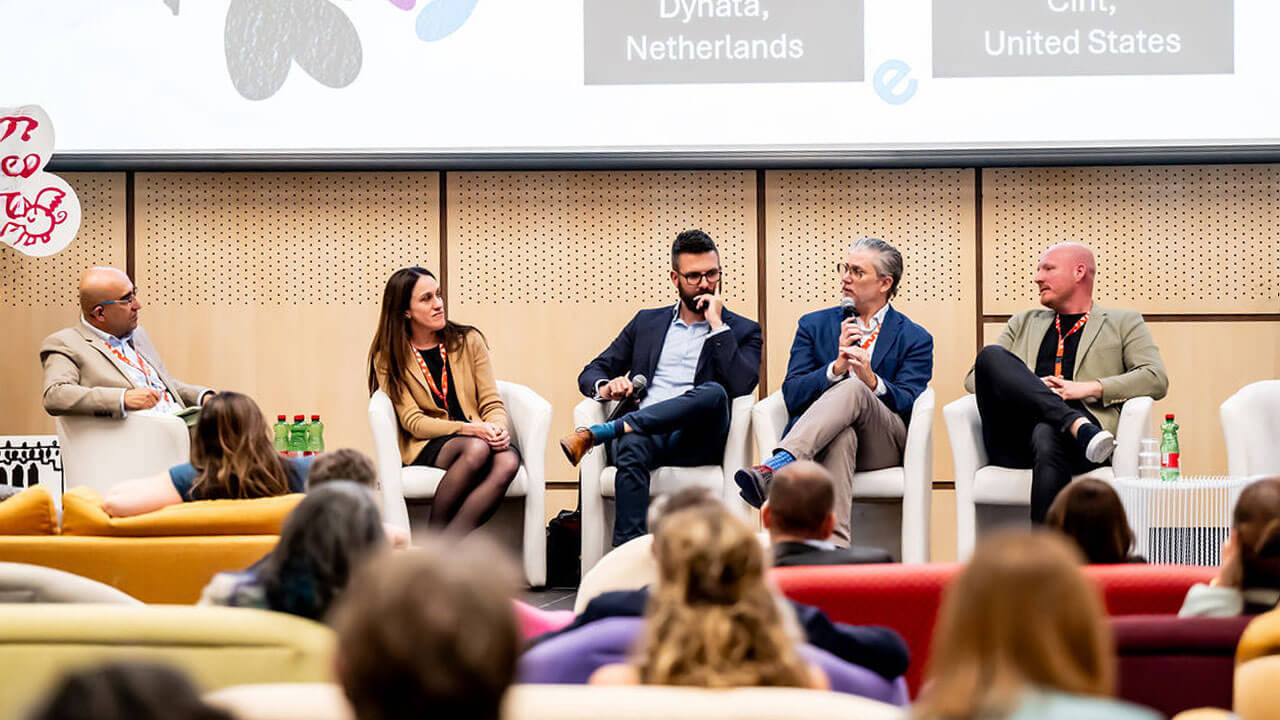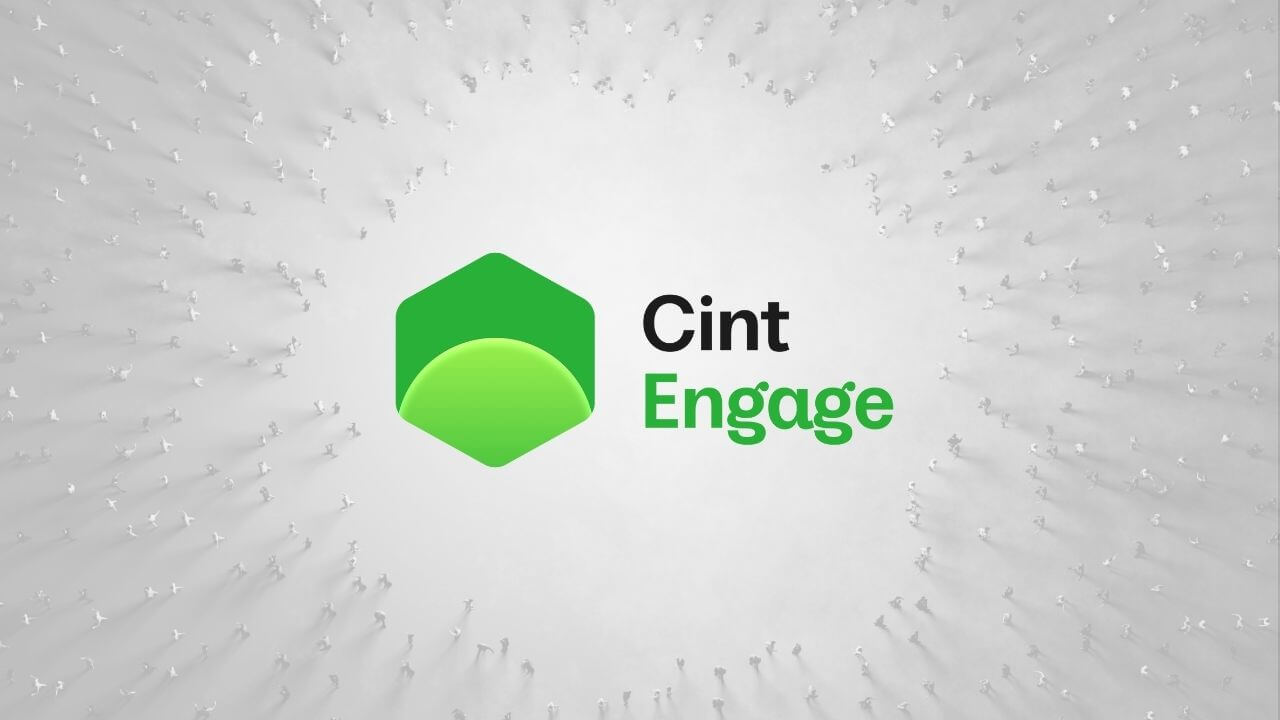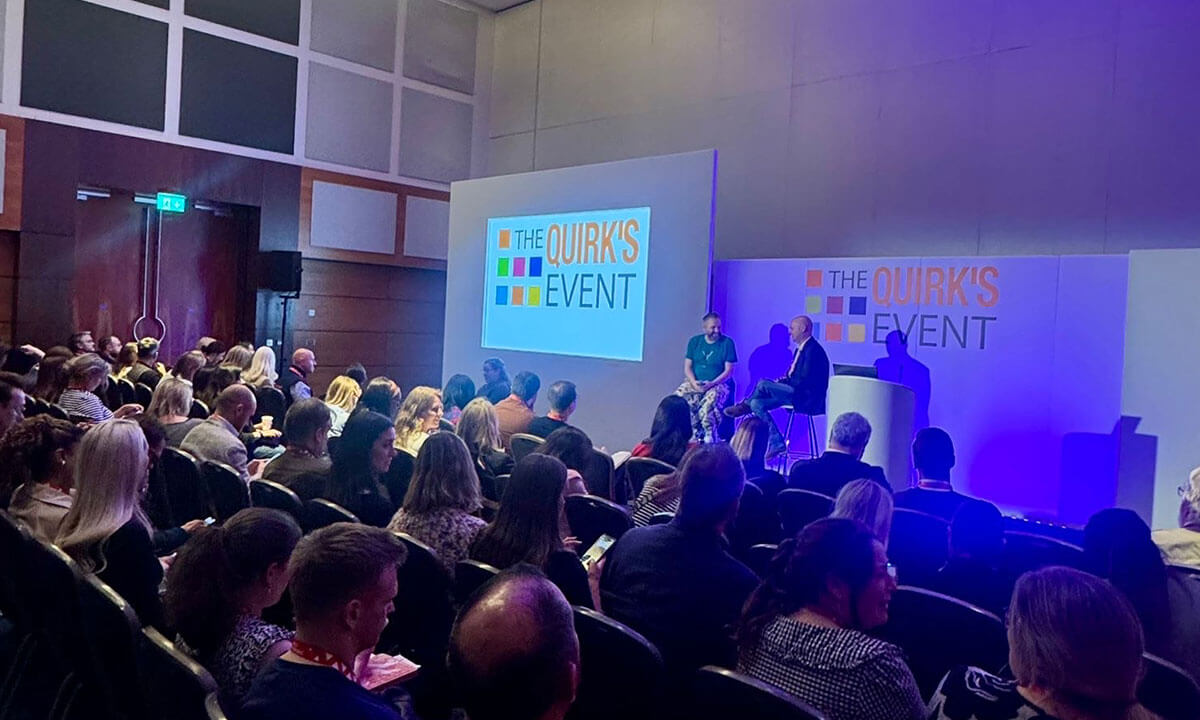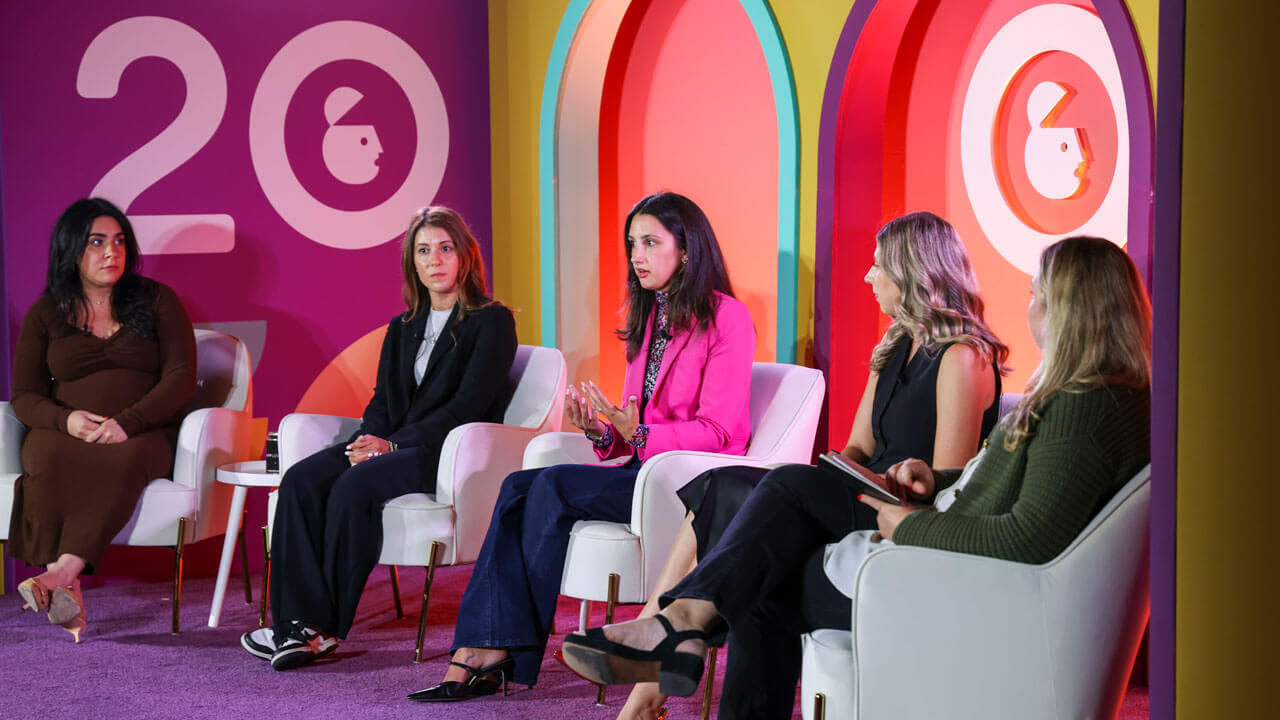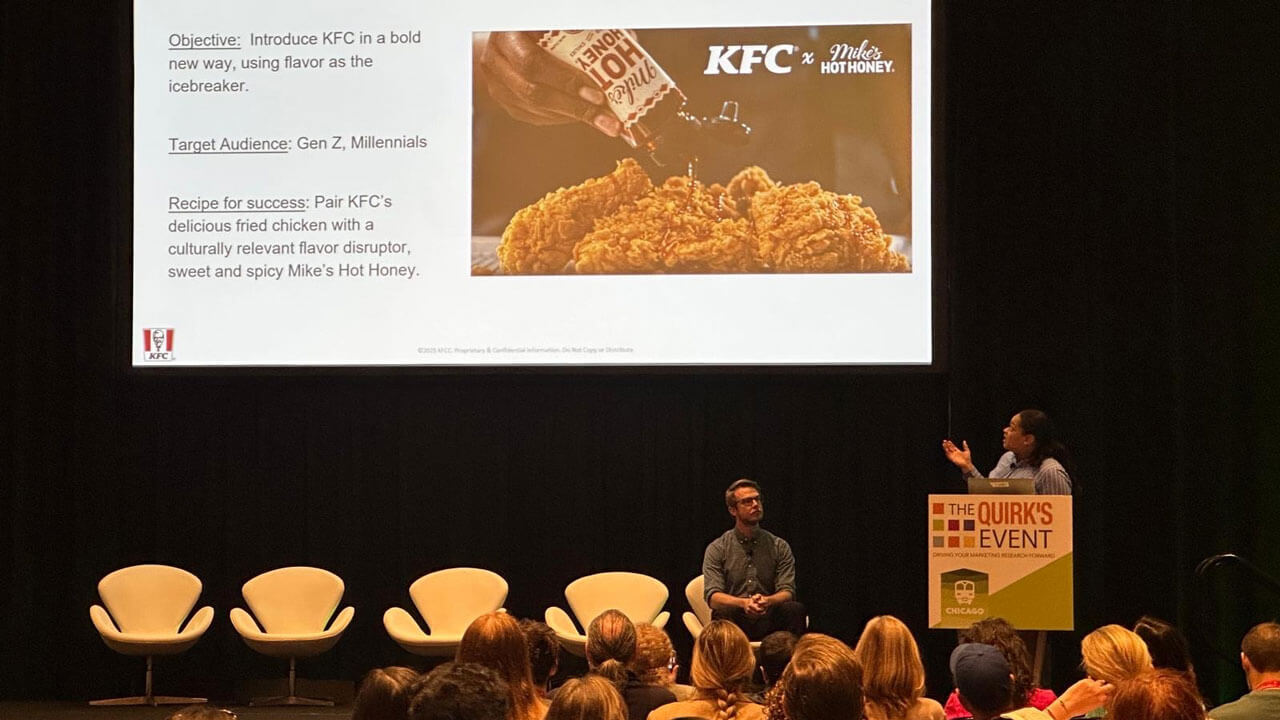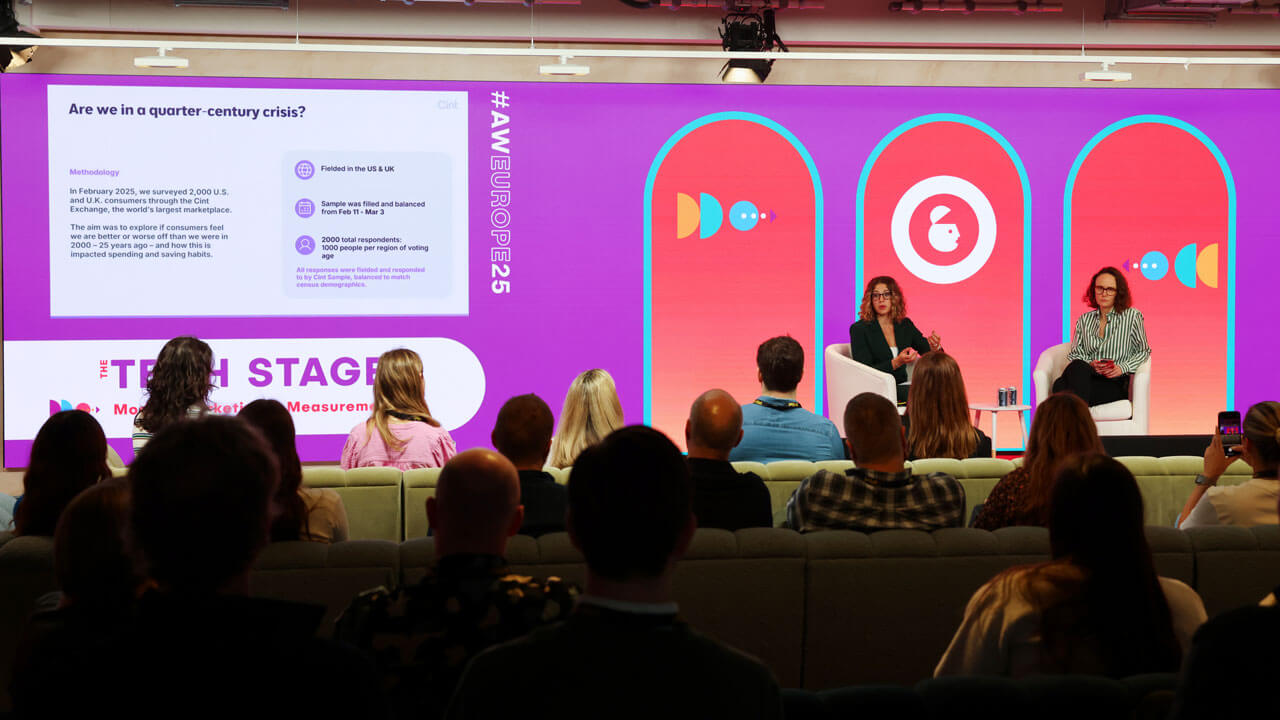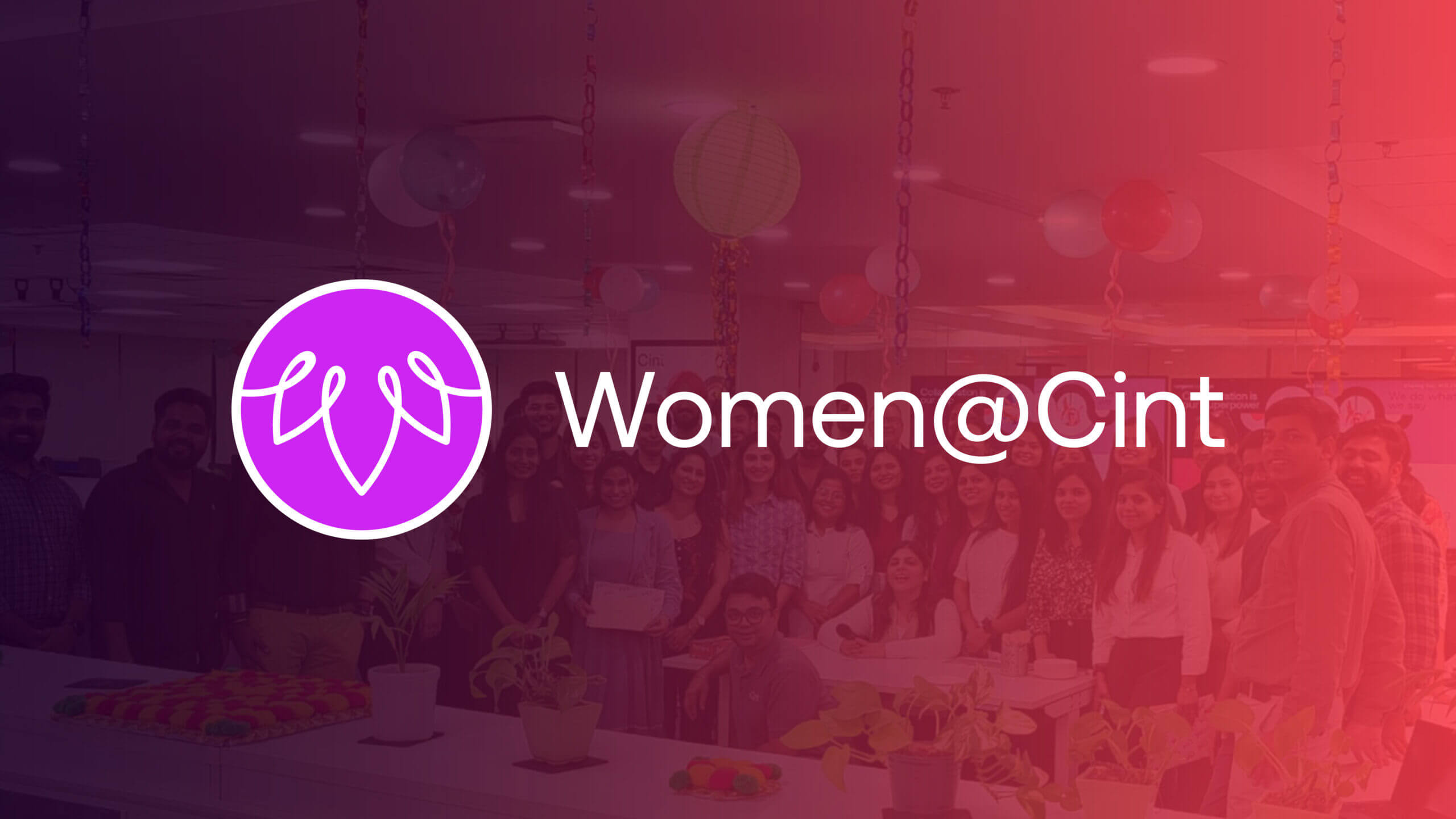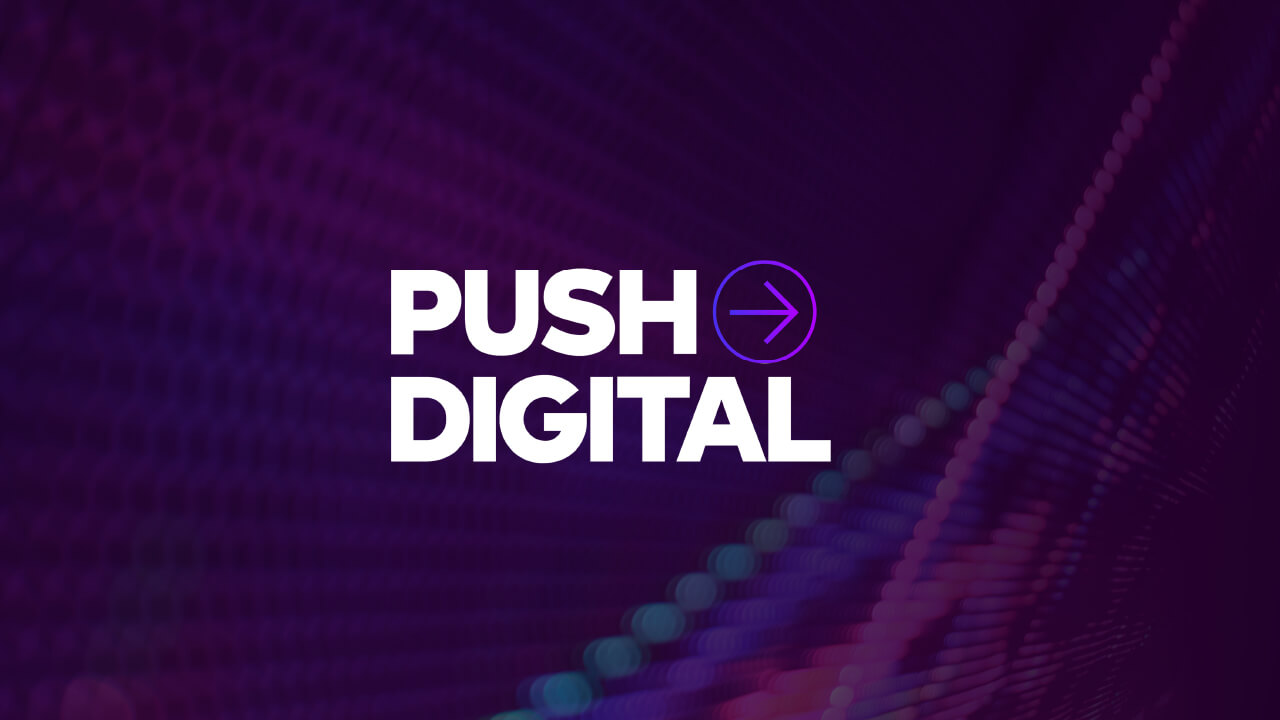International Women’s Day is an opportunity to celebrate wins, raise awareness and get conversations going that shine the light onto real problems that women face at work and in their broader cultural and socio-economic environments.
Spurring conversations and inspiring change, both by individuals and larger corporations, however small or big that step looks like – resharing a post on social media or speaking at a conference – doesn’t go unnoticed. It generates momentum that the world needs right now.
We’ve dived into the narrative at Cint by uncovering the insights around International Women’s Day. Using CintSnap – a way to survey individuals and understand opinions quickly – we conducted a comprehensive poll involving 300 participants from both the United States and the United Kingdom.
The results provide a snapshot of public opinion on different aspects of gender equality in the workplace, areas of progress and where more attention should be focused on.
Awareness and advocacy
While in an ideal world, we wouldn’t require a day (or month) dedicated to driving awareness on gender equality, the reality closer to home is that it is that we need this day more than ever.
A bit of positive news was that over half of people surveyed across both countries were aware that International Women’s Day falls on the 8th of March. Approximately 2 in 3 also agreed on the significance of this day in promoting gender equality in the workplace.
Is a day in itself enough to ignite conversations and action change? A substantial majority expressed the belief that more could be done throughout the year to advocate for gender equality in the workplace, with varying percentages – 59% in the US and 69% in the UK – calling for increased action.
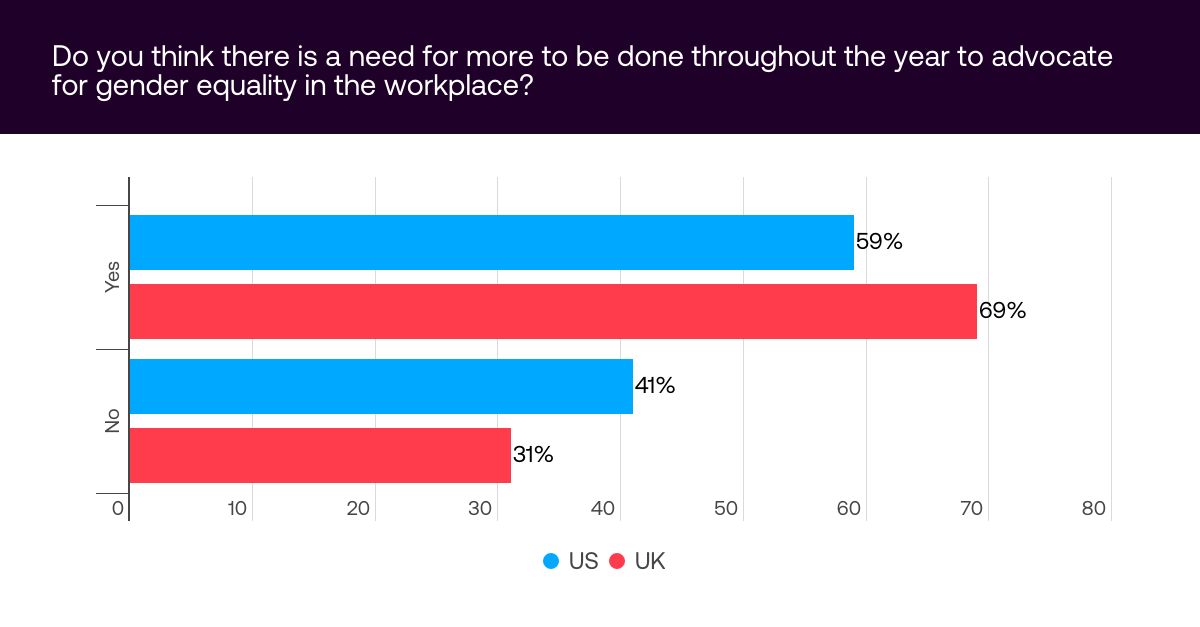
Whose responsibility?
Half of respondents polled from the US and 67% in the UK indicated that both men and women were responsible for promoting gender equality. Although there were slight differences in emphasis, with the US leaning more towards men taking additional action.
Women leaders and pay equality
A significant majority in both the US (64%) and UK (71%) acknowledged the continued underrepresentation of women in leadership positions. Further to this, a strikingly high percentage in both countries believed that women are often underpaid compared to men in similar positions, indicating a rife perception of pay disparity.
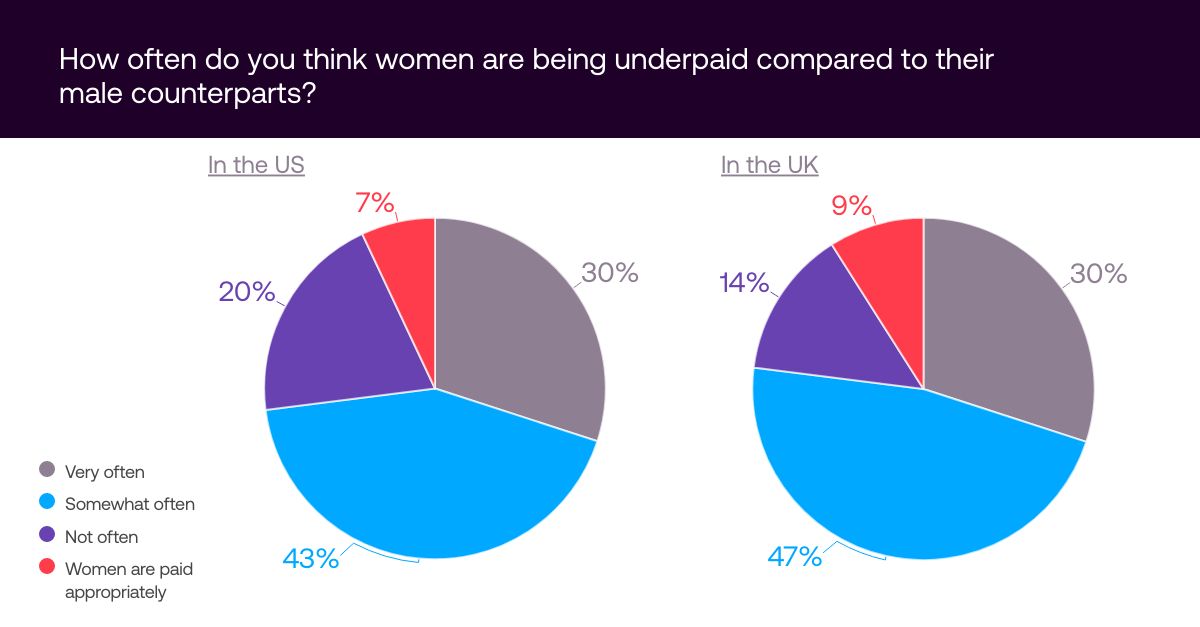
R-E-S-P-E-C-T (at the workplace)
All I’m asking, is for a little respect, Aretha crooned. But it seems that women are still not achieving this. Did people think women were receiving the respect they deserved at work? Around 40% in both countries felt that women were respected by both men and women colleagues, but a significant percentage believed that women faced challenges in earning equal respect, particularly from male colleagues.
What’s holding women back?
The top barriers identified varied slightly between the US and UK, with issues such as ‘sexual harassment and assault’, ‘childcare responsibilities’, ‘unconscious bias’, and ‘pay parity’ featuring prominently.
In the UK, a striking 57% felt that childcare responsibilities were the biggest factor in holding women back. In the US, sexual harassment and assault at work, ranked highest (48%).
‘Lack of role models in senior positions’, ‘flexible work arrangements’, and ‘rules and expectations around appearance and clothing’ were issues acknowledged but appeared lower down on the list.
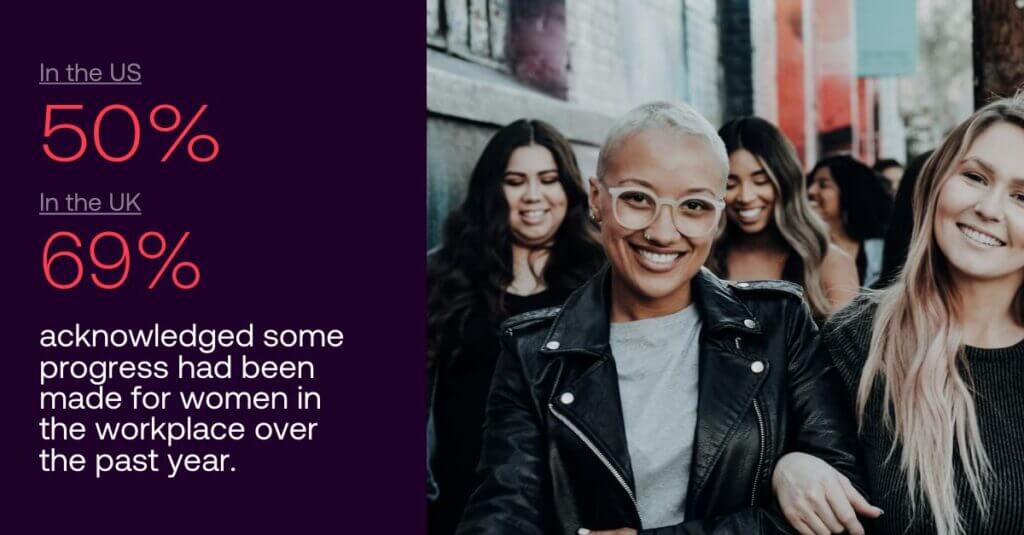
The road ahead for women
A reassuring proportion of people polled – 66% (US) and 56% (UK) acknowledged some progress had been made for women in the workplace over the past year.
While it does appear we are heading in the right direction, there remains a consensus that more needs to be done to drive positive change and we are excited to be a part of that journey to a more inclusive and equitable environment for all.
Do you think International Women’s Day is a good initiative? What steps can everyone take to achieve more positive change for women? Do you have an inspirational female role model or a mentor?
Join us in on the conversation on our LinkedIn channel. Cint’s research technology helps our customers to post questions and get answers from real people, in real time – and to use these insights to build business strategies, publish research, and accurately measure the impact of advertising efforts.






